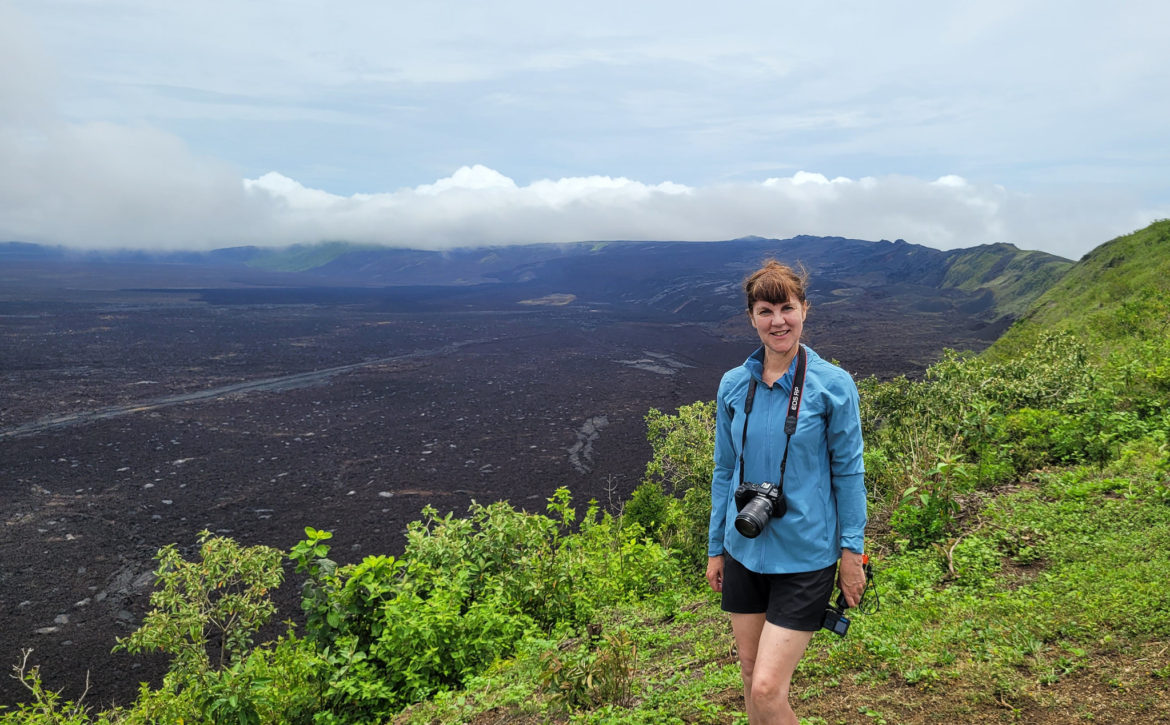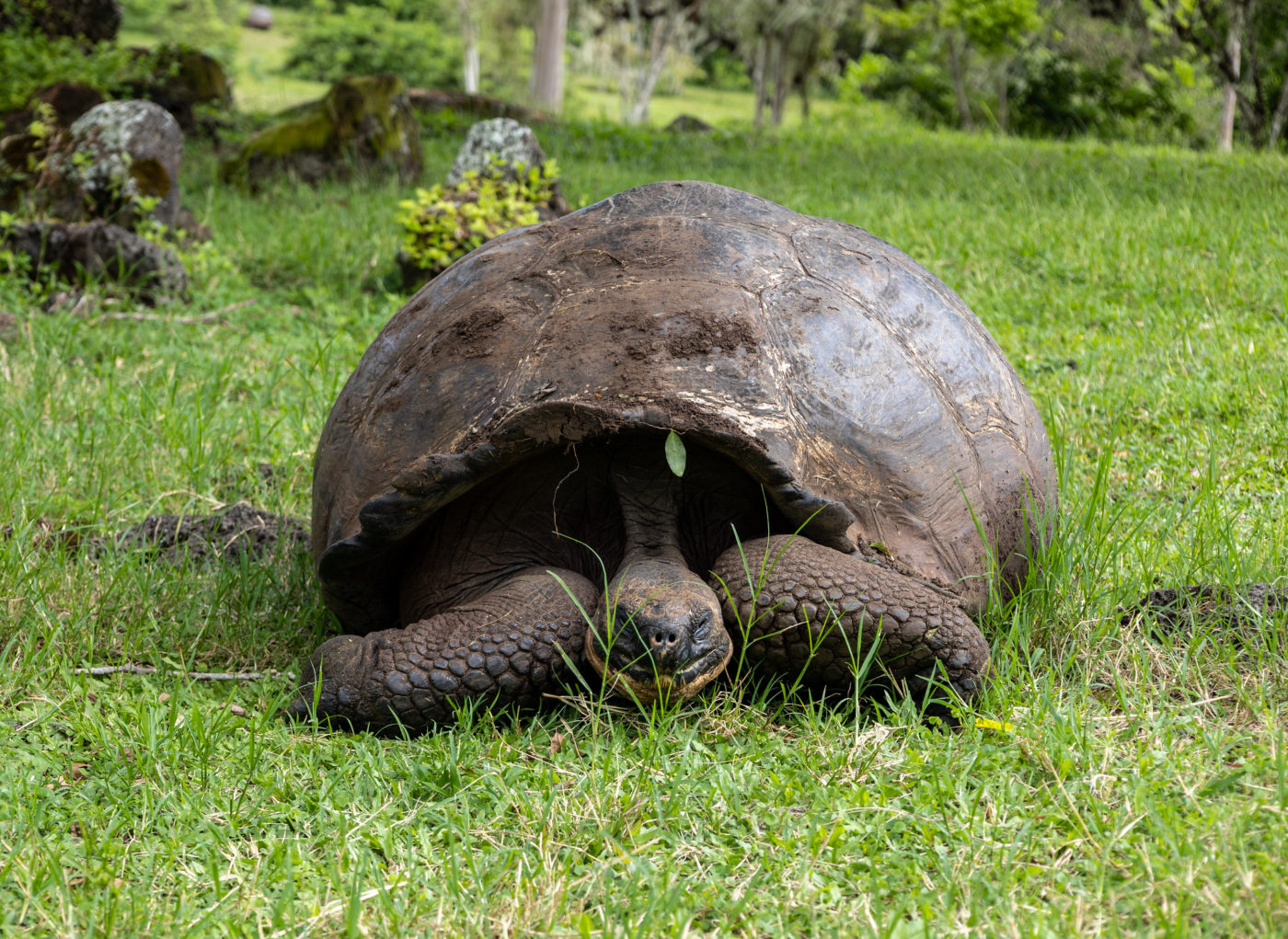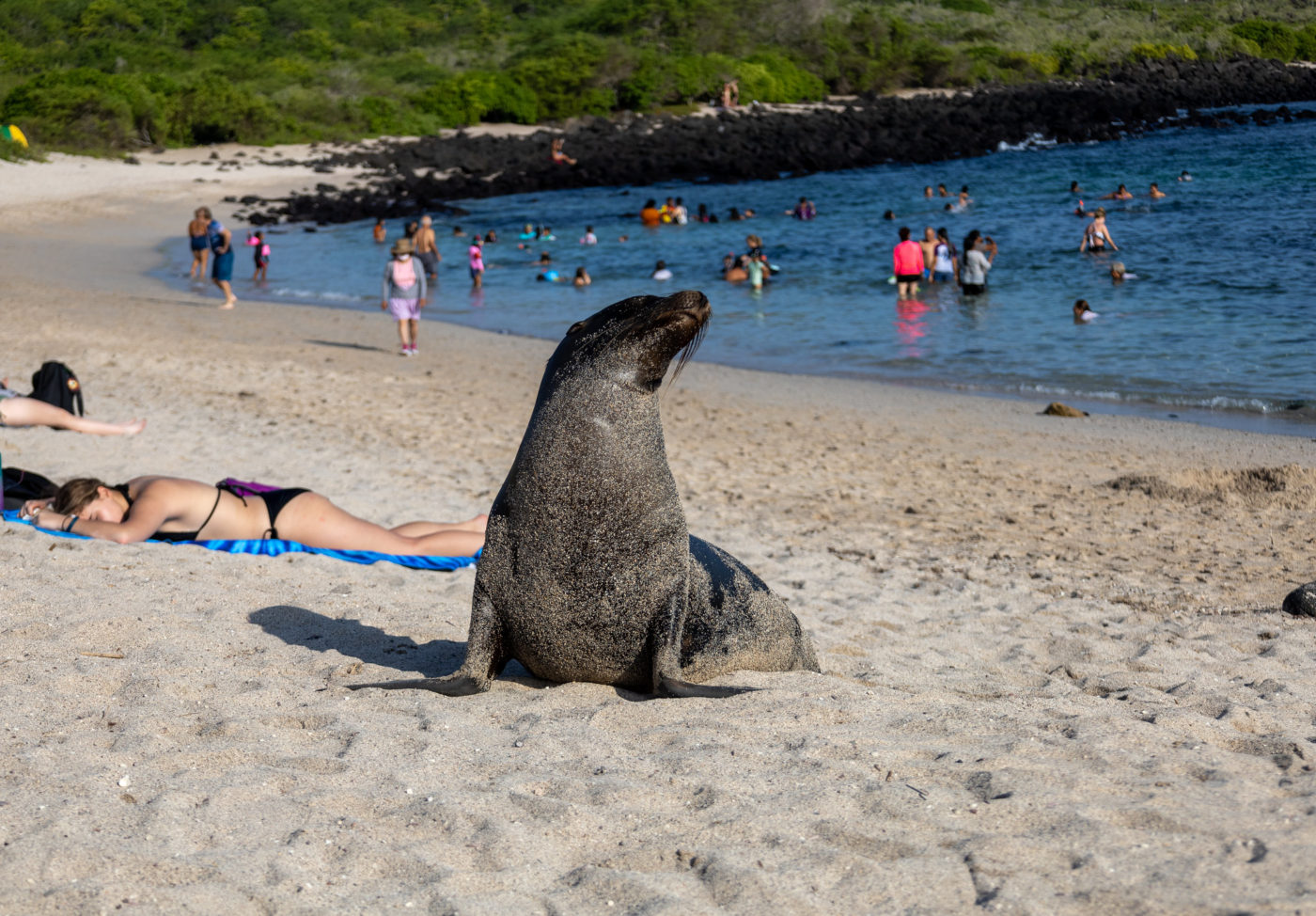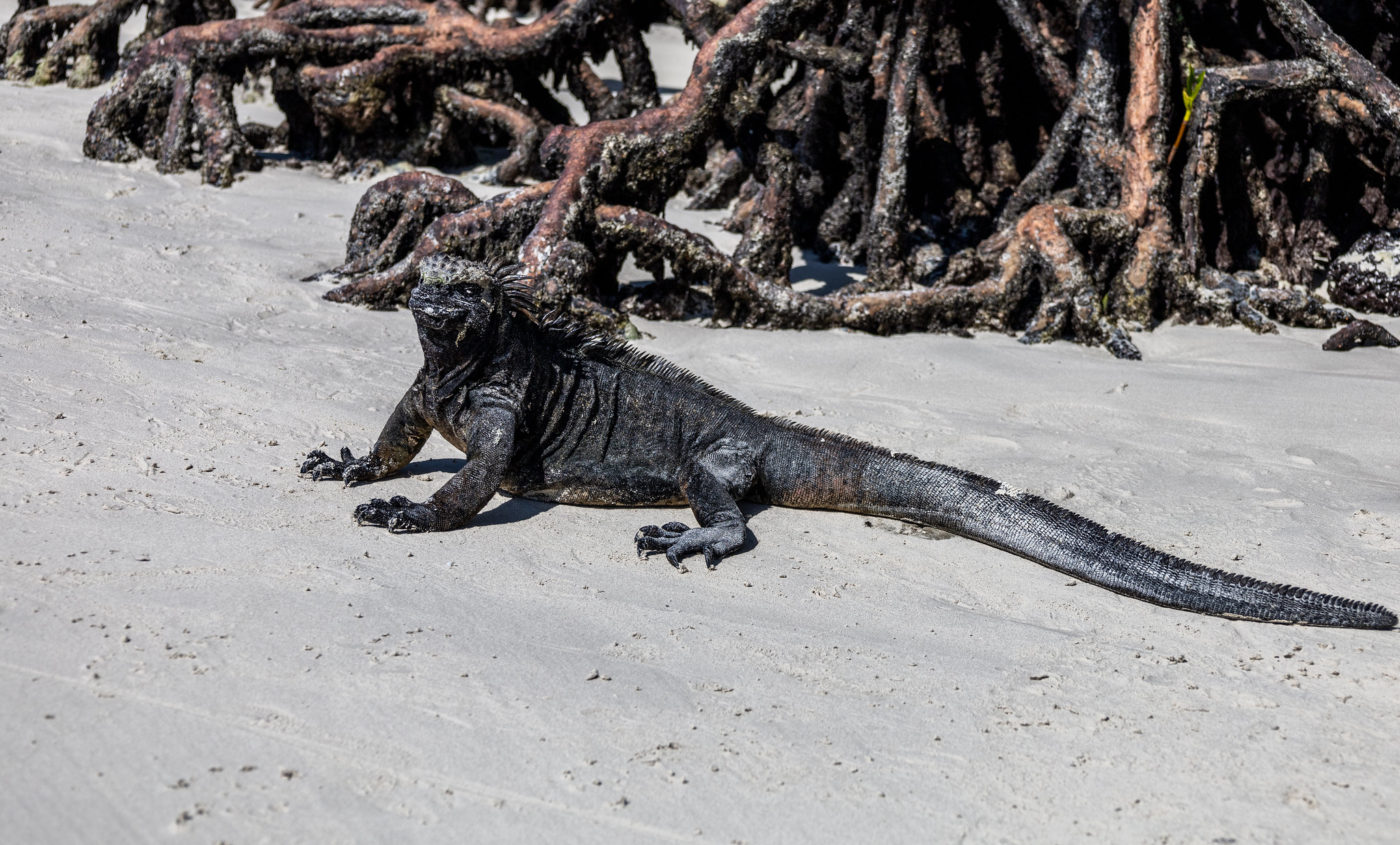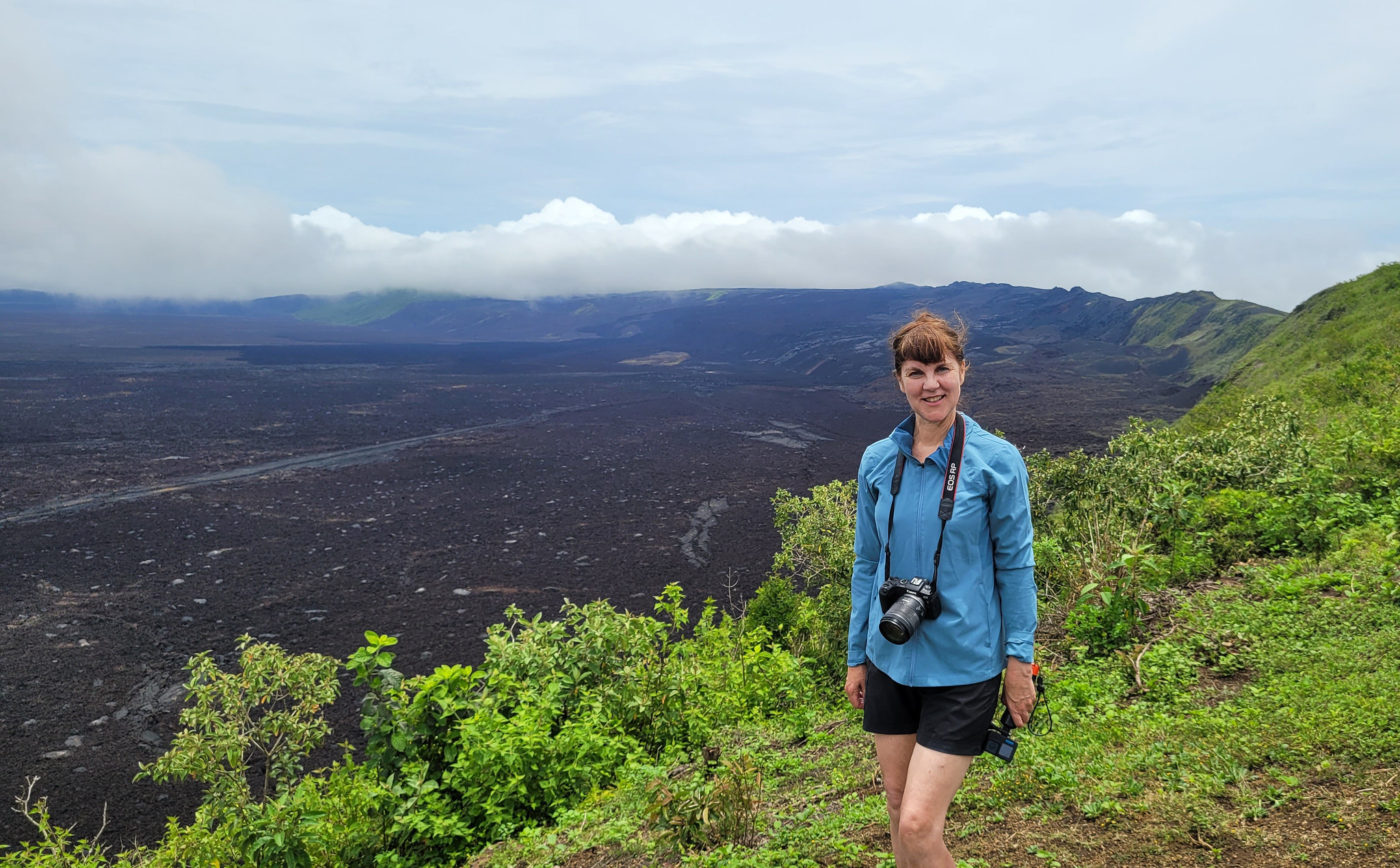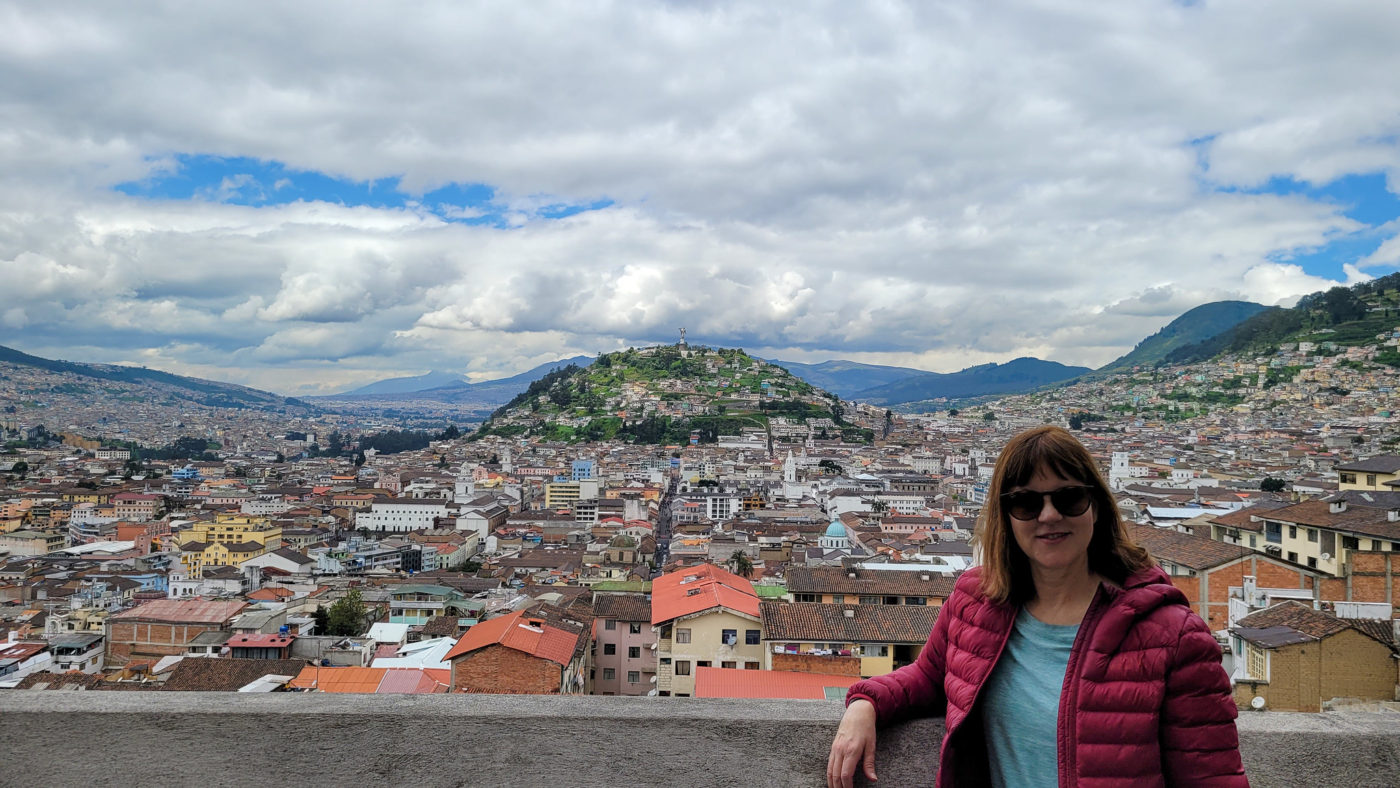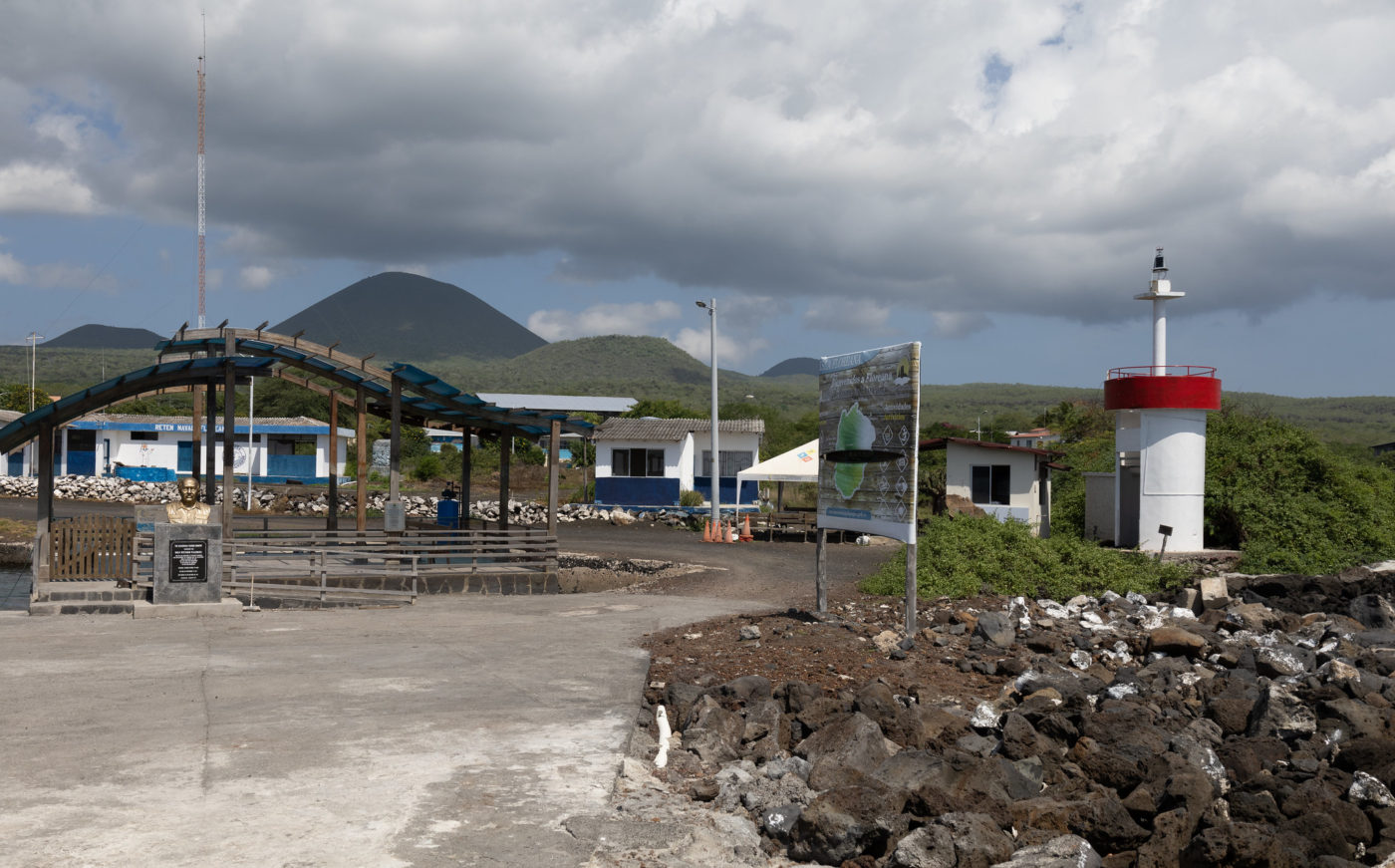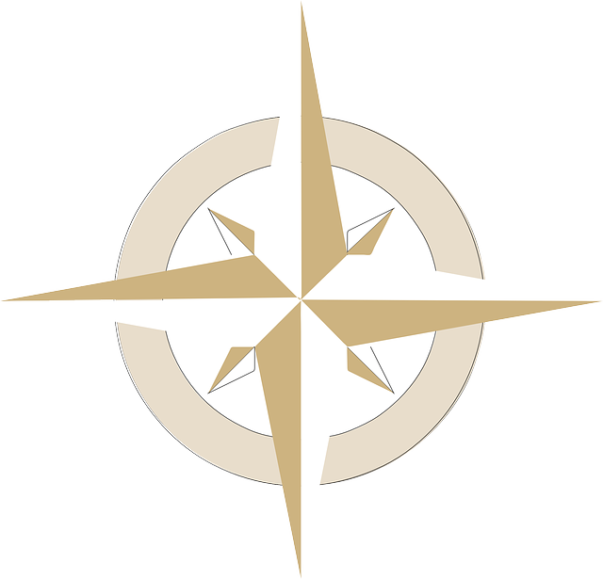About Republic of Ecuador
My Ecuador Travel Guides provide in depth articles on the Quito area and Galapagos Islands. Ecuador is one of the 17 megadiverse countries in the world, and it has the most biodiversity per square km in the world. As its name implies, the equator goes through this South American country. Even more specifically, it goes through the capital city, Quito. Originally, French Explorers mapped out the location at the Mitad del Mundo Monument, just north of Quito. However, modern GPS discovered that 250 m north at the Intinan Museum is the accurate equator line. Both places offer demonstrations and museums to celebrate the middle of the world.
Four Main Regions of Ecuador
Coastal – This is the region west of the Andes and the most fertile with crops, such as, bananas and rice. Also, there are many productive fisheries.
Highlands – This region is the Andean highland provinces with most of the volcanoes in the country. They grow traditional crops here, such as, maize, quinoa and potatoes. The capital city, Quito, is in the highlands. Its most famous volcano, Cotopaxi, is one of the most active volcanoes in the world.
Amazon – This region has the Amazon National Parks and tropical rainforests. It’s also the area in Ecuador with the largest reserves of petroleum. Therefore, the petroleum companies exploited much of this area.
Galapagos Islands – This archipelago is 1,000 km off the Ecuadorian Coast. The Galapagos archipelago consists of 21 islands with 18 being major. It’s located on the Nazca plate and is a volcanic hotspot. The youngest island, Isabela, has 5 volcanoes, including Sierra Negra, the most active in the Galapagos. The Galapagos National Park and Marine Reserve protect the land and water for research and conservation.
Charles Darwin, the famous Naturalist from U.K. sailed to the Galapagos in 1835 on the HMS Beagle. He explored 4 of the islands, discovering species that compelled him to research evolutionary biology. Especially, the adaptations of the finches, marine iguanas and giant tortoises confirmed this theory. Therefore, this was the most influential environment, from which he researched and published On the Origin of Species about natural selection.
History & Currency Tips of Ecuador
After the Incan Rule, the Spanish ruled Ecuador for almost 300 years. Then, in 1822 Ecuador established independence from Spain. Therefore, the culture and architecture is largely influenced by Spain.
Ecuador uses the U.S. Dollar for currency to help boost their economy. Also, Ecuador uses the same electricity as U.S. with the 2 & 3-prong plugs. It’s the same current, so Americans don’t need adaptors.

